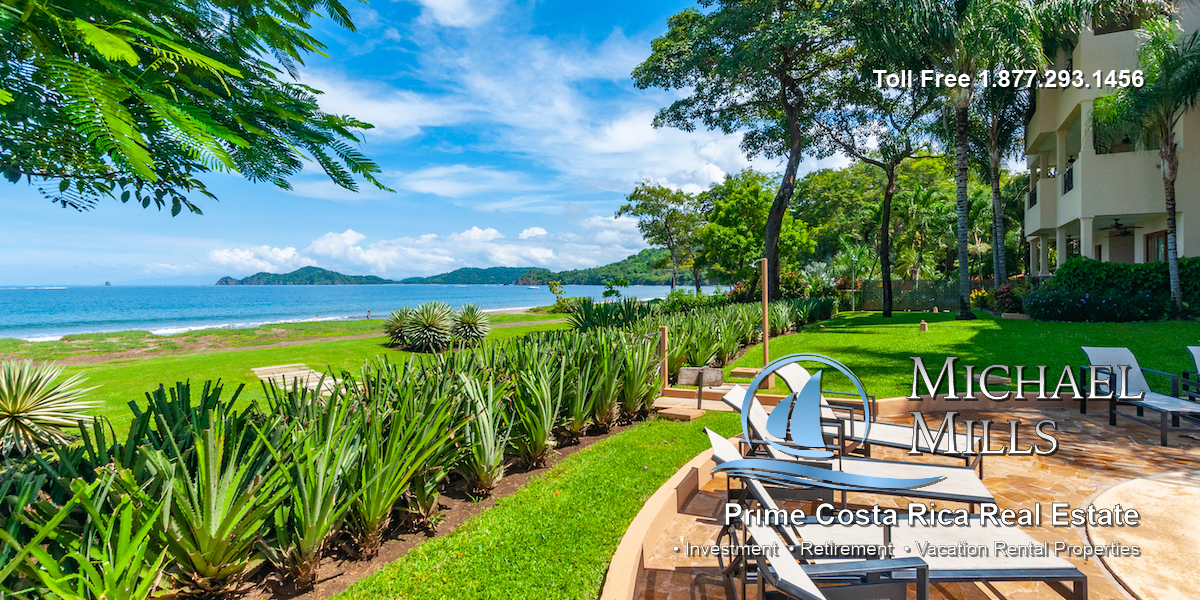History of Guanacaste
Guanacaste, a province in northwestern Costa Rica, has a rich history and cultural heritage. Here are some key points about the history and information on Guanacaste:
Historical Overview:
-
Indigenous Presence: Before the arrival of the Spanish, the region was inhabited by indigenous groups, including the Chorotega people. These indigenous communities had established their own societies and cultural practices.
-
Spanish Colonization: The Spanish arrived in the early 16th century and began the process of colonization. Guanacaste became part of the Captaincy General of Guatemala, which was part of the larger Spanish Empire in the Americas.
-
Haciendas and Cattle Ranching: During the colonial period and into the 19th century, Guanacaste's economy was largely based on haciendas (large estates) and cattle ranching. The vast plains and grasslands of the region were well-suited for cattle farming.
-
Annexation to Costa Rica: One of the most significant events in Guanacaste's history occurred on July 25, 1824, when the region, then part of Nicaragua, peacefully annexed itself to Costa Rica. This event is celebrated annually on July 25th as the "Guanacaste Day" or "Annexation of Guanacaste Day" (Dia de la Anexión).
Culture and Traditions:
-
Chorotega Influence: The Chorotega indigenous culture has left a lasting impact on the traditions and art of Guanacaste. This influence can be seen in the region's pottery, basket weaving, and other artisanal crafts.
-
Fiestas: Guanacaste is known for its vibrant celebrations, especially during the traditional fiestas. These festivals often include rodeos, bull riding, folk dancing, music, and traditional Costa Rican cuisine.
Economy:
-
Agriculture: Agriculture has been a significant part of Guanacaste's economy, with products such as sugarcane, melons, rice, and other crops being cultivated in the region's fertile lands.
-
Tourism: In recent decades, tourism has become a major economic driver for Guanacaste. The region's beautiful beaches, national parks, and diverse ecosystems attract visitors seeking ecotourism, adventure tourism, and beach vacations.
Landmarks and National Parks:
-
Rincon de la Vieja National Park: This national park is known for its volcanic activity, hot springs, waterfalls, and diverse flora and fauna.
-
Santa Rosa National Park: One of the oldest national parks in Costa Rica, it preserves important dry tropical forest ecosystems and has historical significance, including the site of the Battle of Santa Rosa.
-
Beaches: Guanacaste is home to numerous stunning beaches, including Playa Hermosa, Playa Ocotal, Playa Matapalo, Playa Tamarindo, Playa Flamingo, and Playa Conchal, which contribute to its popularity as a tourist destination.
Guanacaste's history and culture reflect the intersection of indigenous heritage, Spanish colonization, and the modern influences of agriculture and tourism. The region's natural beauty and historical significance make it a fascinating part of Costa Rica.
Certainly! Here's a comprehensive overview of the tourism, information, and history of Guanacaste, Costa Rica:
Tourism in Guanacaste:
-
Beaches:
- Guanacaste is renowned for its pristine beaches with golden sands and crystal-clear waters.
- Popular beaches include Playa Tamarindo, Playa Flamingo, Playa Conchal, and Playa Hermosa.
- These beaches offer a variety of water activities, including surfing, snorkeling, and diving.
-
National Parks:
- Rincon de la Vieja National Park attracts visitors with its volcanic activity, hot springs, and diverse flora and fauna.
- Santa Rosa National Park, one of the oldest in Costa Rica, features historical sites and protects dry tropical forest ecosystems.
-
Adventure Tourism:
- Canopy tours, zip-lining, and horseback riding provide thrilling experiences amid the lush landscapes.
- Hiking trails in national parks offer opportunities for nature lovers and adventure seekers.
-
Water Activities:
- Surfing enthusiasts flock to Guanacaste for excellent waves at beaches like Tamarindo and Witch's Rock.
- Snorkeling, paddle boarding, jet skis and diving are popular along the coastal areas, providing access to vibrant marine life.
-
Cultural Experiences:
- Traditional Costa Rican fiestas, often featuring rodeos and bull riding, showcase the region's rich cultural heritage.
- Artisan markets allow visitors to purchase handmade crafts and souvenirs.
-
Luxury Resorts and Eco-Lodges:
- Guanacaste offers a range of accommodations, from luxury resorts to eco-friendly lodges, catering to various preferences.
-
Wellness Tourism:
- Wellness retreats and spa services take advantage of the natural surroundings, offering relaxation and rejuvenation.
-
Community Tourism:
- Some initiatives focus on community-based tourism, allowing visitors to engage with local communities and learn about their traditions.
Information on Guanacaste:
-
- Guanacaste is located in the northwestern part of Costa Rica, bordered by the Pacific Ocean to the west and Nicaragua to the north.
-
Capital:
- Liberia serves as the capital city of the Guanacaste province.
-
Climate:
- The region experiences a tropical climate with distinct wet and dry seasons.
- The dry season, from November to April, is particularly popular among tourists.
-
Geography:
- Guanacaste features diverse geography, including mountains, plains, and a stunning coastline.
History of Guanacaste:
-
Indigenous Inhabitants:
- Before Spanish colonization, the region was inhabited by indigenous groups, including the Chorotega people.
-
Spanish Colonization:
- The Spanish arrived in the early 16th century, leading to the colonization of Guanacaste and its incorporation into the Captaincy General of Guatemala.
-
Annexation to Costa Rica:
- On July 25, 1824, Guanacaste peacefully annexed itself to Costa Rica, a significant event celebrated annually as "Guanacaste Day."
-
Economic Activities:
- Throughout history, Guanacaste's economy has been tied to agriculture, including cattle ranching and more recently, tourism.
-
Cultural Heritage:
- The Chorotega influence is evident in the region's arts and crafts, adding to the cultural richness of Guanacaste.
-
Conservation Efforts:
- There are ongoing efforts to preserve the region's natural beauty and biodiversity through environmental conservation initiatives.
Guanacaste's history, combined with its natural attractions and vibrant culture, makes it a captivating destination for tourists seeking a blend of adventure, relaxation, and cultural experiences.




